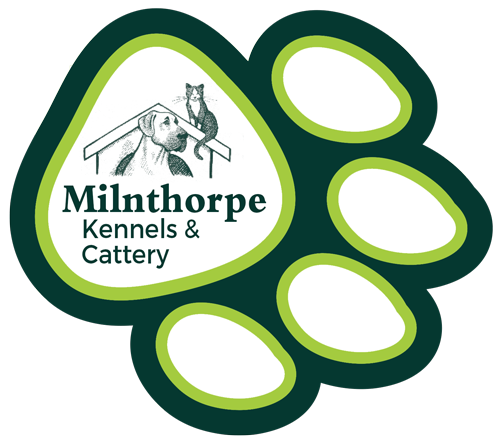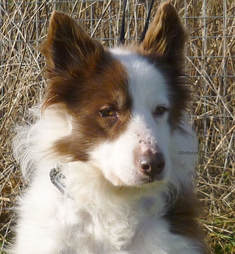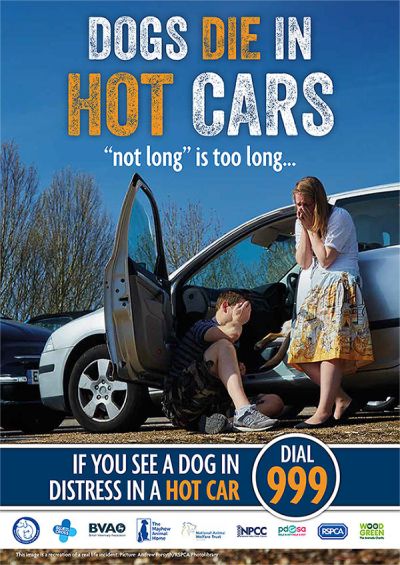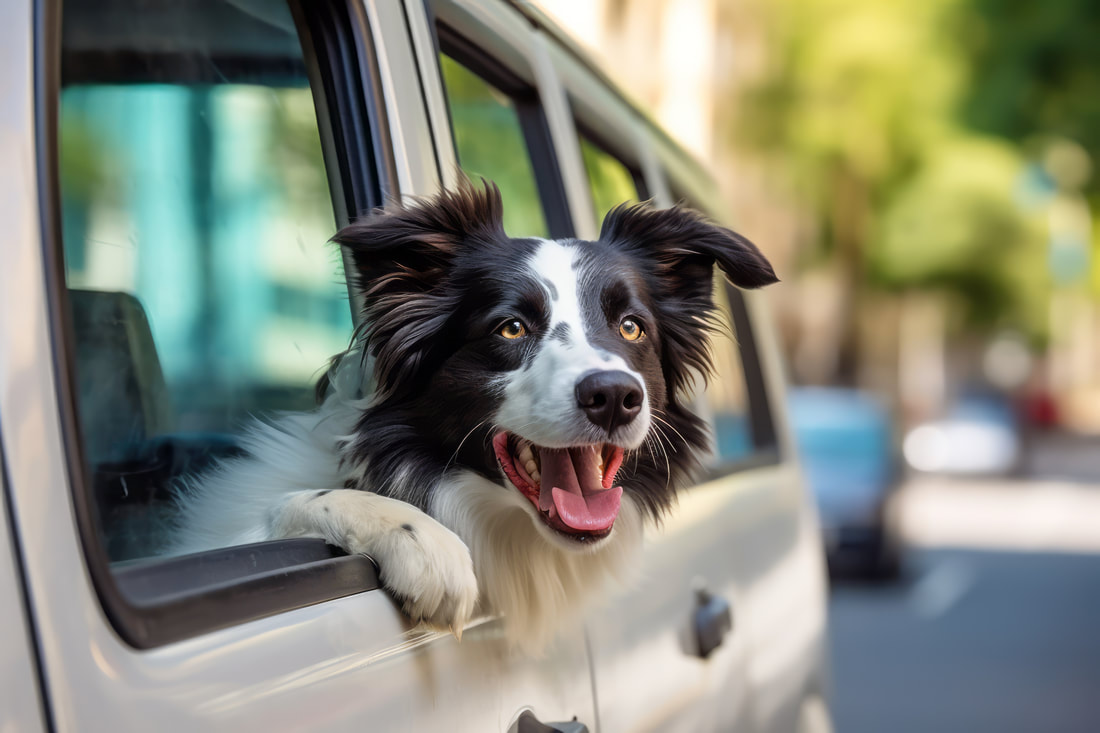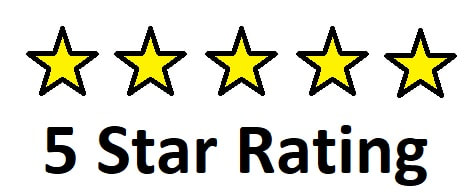Travel safely with your pet
There are likely to be times you will need to travel with your pet. It may be infrequent and short trips or sometimes regular or longer trips. The hints and advice here are to help you and your pet have a comfortable and safe journey.
Always plan your journey carefully, taking into account your pet’s needs. If you have any doubt about whether your pet is fit and healthy to travel, seek advice from your vet.
Always plan your journey carefully, taking into account your pet’s needs. If you have any doubt about whether your pet is fit and healthy to travel, seek advice from your vet.
The Highway Code states:
|
"When in a vehicle make sure dogs or other animals are suitably restrained so they cannot distract you while you are driving or injure you, or themselves, if you stop quickly. A seat belt harness, pet carrier, dog cage or dog guard are ways of restraining animals in cars."
Breaching the Highway Code isn’t necessarily a legal offence but a motorist could be considered to be driving ‘without due care and attention’ if their pet is loose in the car. |
A loose pet can easily distract the driver. They could also block or move the steering wheel, gear stick and foot pedals. If an accident occurred as a result, it could be considered dangerous driving, which carries more serious penalties.
A simple restraint or carrier can stop your dog or cat from moving around the car and distracting you. Consider carefully if the restraint or carrier will be suitable to protect your pet in the event of an accident. |
Never ever leave pets unattended in a vehicle.
|
Dogs and cats don’t cool themselves down as effectively as humans so quickly suffer from heat stroke and dehydration.
Leaving a window open or parking in the shade is not enough to reduce the car temperature. |
Don’t let your dog to hang their head out of the car window. It is potentially dangerous for the dog as well as distracting for the owner and other drivers.
|
Take regular breaks
|
Your pet should be allowed to exercise and go to the toilet at regular intervals. Cats and small animals should be given the chance to use a litter tray. Always make sure that all windows and doors are firmly closed and locked, whilst your cat is out of its carrier, to prevent him/her from escaping. Dogs should always be exercised on a lead, and you should make sure that they can’t escape from the car as you go to get them out;
|
On longer journeys, always take plenty of water. It can be a good idea to keep a travel bowl and bottle of water in the car for emergencies or delays. It is possible for your pet to drink out of a cupped hand.
Help your pets get used to travelling in a car. Build up to longer journeys with short trips. There are behavioural and herbal supports to help your pet feel more comfortable |
Tips for Train Travel
Tips fo travelling on a ferry
|
Make sure you contact the ferry company prior to arranging travel to find out what their ‘pet travel’ policy is. Animals other than registered assistance dogs are not allowed in passenger areas on most ferry trips, and passengers are not always allowed back to their cars during the journey. This will mean you may not be able to check on your pet during your ferry crossing.
Depending on the length of your journey you may be required to place your pet in a container rather than leave them in the car. You should take all this into consideration when deciding to take your pet on a ferry. If you decide to use this method of transport you should:
|
|
Tips for Air Travel
|
Long journeys including the flight, transportation to and from the aircraft and waiting times in the hold of an aircraft can be very stressful and distressing for pets.
Apart from registered assistance dogs, animals cannot travel in the cabin of an aircraft with their owners and so will be transported in the hold. Although the hold is usually ventilated and temperature controlled, this may not be the case when the aircraft is on the ground. |
Delays can occur in flight times and regulations may not allow the hold to be opened on the tarmac, even during high temperatures. You should take all this into consideration when deciding to use this method of transport.
Make sure you contact the airline prior to arranging travel to find out what their ‘pet travel’ policy is. By law the International Air Transport Association Live Animals Regulations must be met in order to transport animals by plane. These specify standards such as the design, ventilation, and size of containers for transporting dogs and cats, and also arrangements for providing food and water. They also state that particular animals are not allowed to travel by plane. When choosing to travel with your pet by plane you should:
|
|
